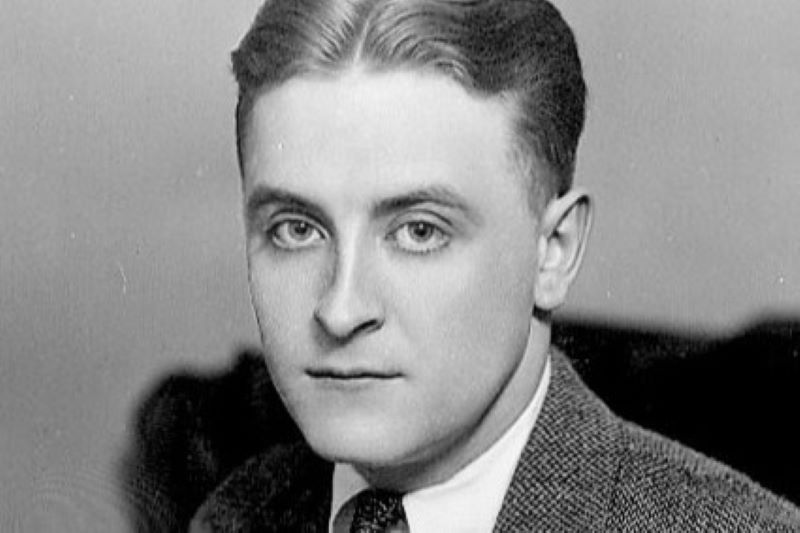Last night I went to a press screening of National Geographic Entertainment's The Wildest Dream: Conquest of Everest, a film by Anthony Geffen. In 93 minutes that sometimes feels much longer, Geffen tells the story of George Mallory, the British explorer who disappeared on his quest to be the first to reach the summit of Mt. Everest in 1924, and American mountaineer Conrad Anker, who discovered Mallory's body in Mt. Everest's 'death zone' in 1999 and set off to determine whether it would have been possible for Mallory to reach the summit. Anker and his partner, young British climbing prodigy Leo Houlding, attempt parts of the climb in the same type of gabardine outerwear and hobnail boots that Mallory and his partner Andrew Sandy Irvine wore when Mt. Everest claimed their lives many decades before. In the film's climax, Anker and Houlding must climb the notorious "Second Step," the sheer cliff that stands between climbers and the summit, without the help of the ladders that were installed by Chinese mountaineers after Mallory and Irvine's attempt.
The film, which comes out in August in IMAX, is most notable for its breathtaking footage of the mountain itself, paired with Irish actor Liam Neeson's narration of Mallory and Anker's overlapping stories. Some of the reenacted moments in Anker's quest, saturated with drama, begin to feel like an extensive North Face commercial, but the 1924 black-and-white footage of Mallory and Irvine's ascent is remarkable to see. Letters written between Mallory and his wife Ruth articulate Mallory's inner struggle between his love for his family and need for adventure, summed up in Mallory's famous quote when a NY Times journalist asked why he wanted to climb Mt. Everest. Mallory replied, "Because it's there."
Ralph Fiennes provides the voice of George Mallory in the film, while the late Natasha Richardson reads Ruth's letters in one of her poignant last roles.
Fan of Irish Central? Subscribe to our sister publication, Irish America magazine, by calling 1-800-582-6642




Comments